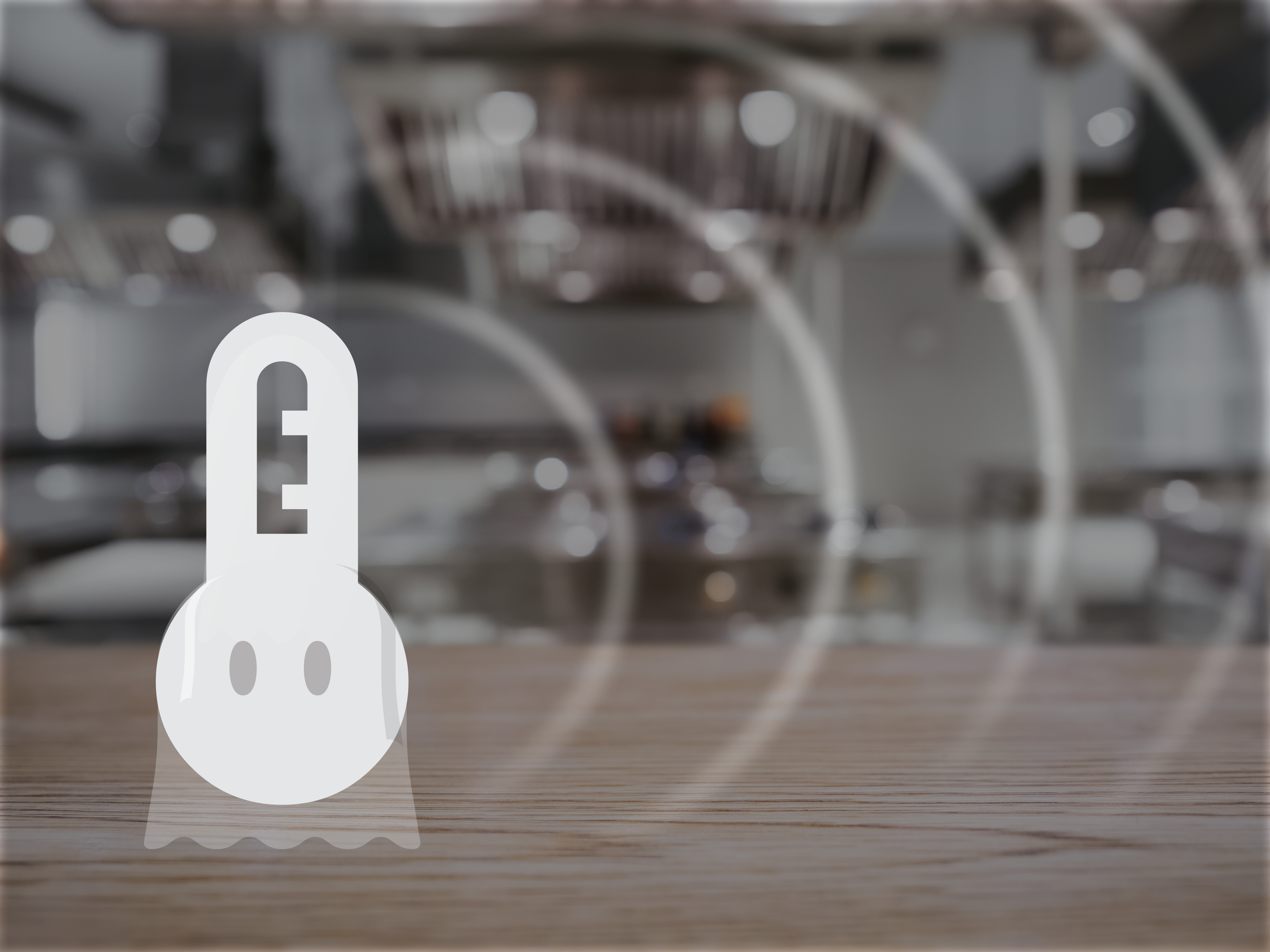How Remote Temperature Monitoring Helps Ghost Kitchen Operations

In recent years, the food industry has seen a rise in ghost kitchens. These kitchens operate without a traditional dining area and primarily rely on online or takeout orders.
Ghost kitchens are an excellent way to encourage food entrepreneurship because the overhead costs can be shared amongst many businesses. However, the risk of equipment failure and cooler doors being left open increases when multiple businesses share the same cold storage space.
At the same time, consistently maintaining an accurate temperature log for all operational hours becomes both increasingly difficult and crucial as operating hours are no longer as predictable but operators are now responsible for compliance for all businesses that work out of their kitchen. Temperature monitoring sensors solve this problem.
Food loss prevention
Remote temperature monitoring tools are essential for ghost kitchens because they allow operators to stay updated on the status of their equipment no matter where they are.
Sensors can be placed inside refrigeration units to track temperature levels and send alerts when they fall outside of the desired range, helping ghost kitchens ensure the safety and quality of their food inventory. This prevents spoilage and ensures that food remains fresh for as long as possible.
By providing ghost kitchens with alerts when issues occur, sensors empower them to take corrective action before catastrophes take place. This is especially valuable when one considers the dynamic environment of ghost kitchens, as they often have many different businesses working in a shared space.
Each business has its own food delivery schedule as well as prep times, leading to cold storage units being accessed more frequently and at less predictable times. By ensuring that operators are alerted if anything goes wrong, remote temperature monitoring systems bring them peace of mind for their refrigeration equipment by alleviating the stress associated with multiple businesses sharing the same cold storage space.
Compliance temperature logging
Ghost kitchens are also responsible for maintaining compliance with health inspectors and are obligated to consistently maintain historical temperature logs. With several businesses operating on independent schedules in the same space, traditional pen-and-paper practices are challenging and time-consuming for ghost kitchen operators.
Remote temperature monitoring automates this process with built-in historical temperature logs, saving operators time by eliminating manual practices.
In conclusion, remote temperature monitoring is crucial for ghost kitchens. They enable operators to check temperatures at any time of day, receive alert notifications when issues occur, and automatically log historical temperature data to maintain compliance and share with health inspectors.
By investing in temperature monitoring sensors, ghost kitchens can prevent inventory loss, reduce stress, improve their operational productivity, and provide high-quality food to their customers.
Check out GlacierGrid’s best-in-class monitoring solution to bring these benefits to your kitchen today!







